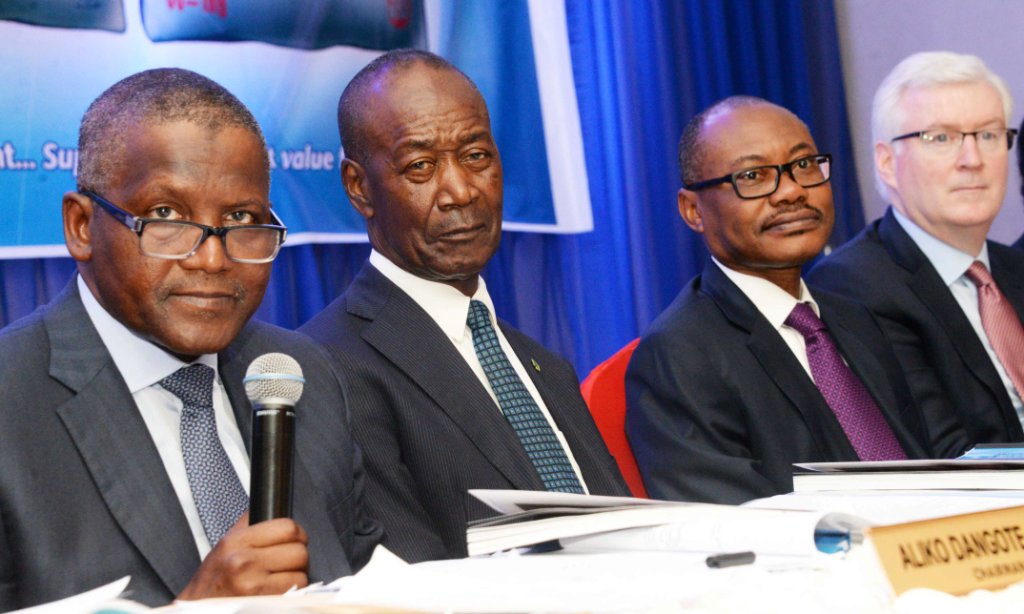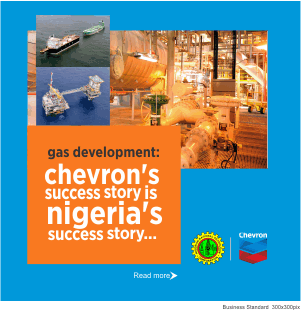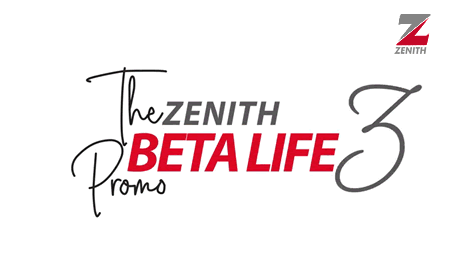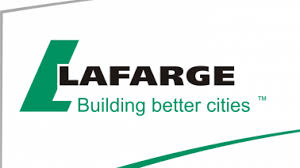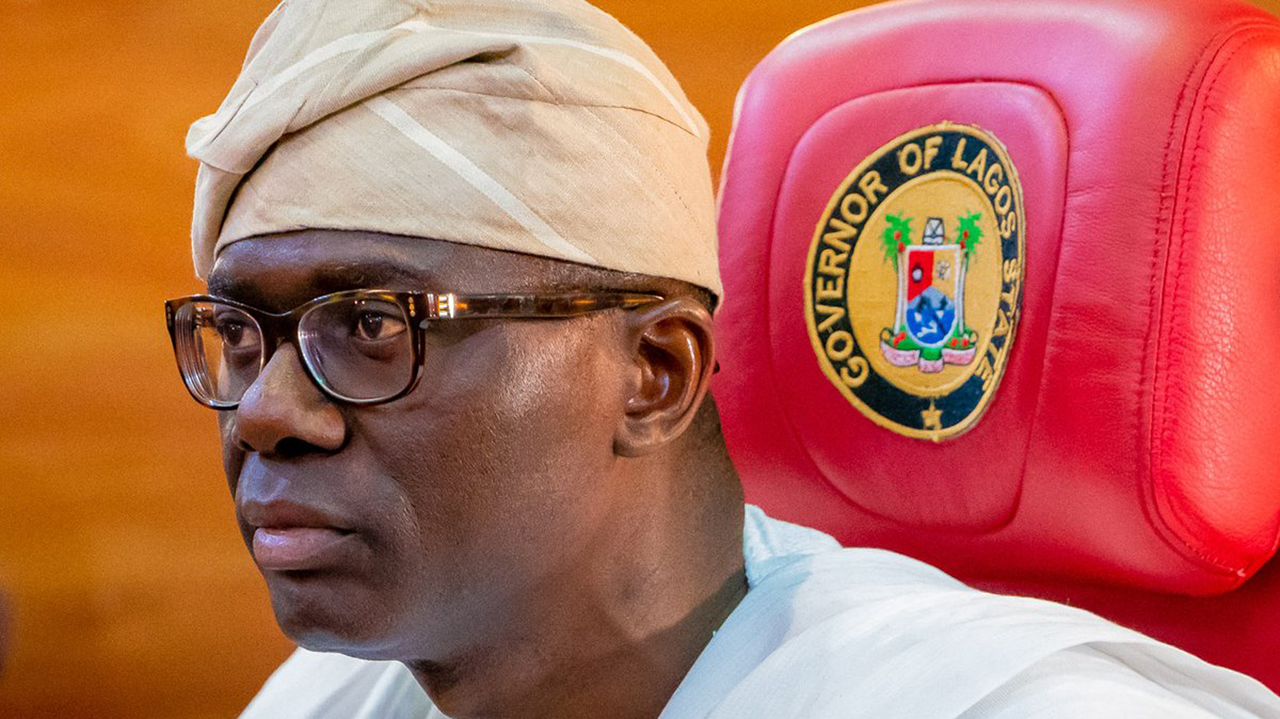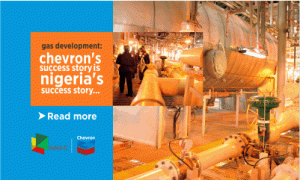More facts have emerged from the recently published 9M-19 results of Dangote Cement showing serious steep decline in EPS of 21.2% y/y to NGN2.09 in Q319.
The scenario seems to be driven by renewed cost pressures, EBITDA margin deterioration, and higher finance charges.
The reported EPS in Q3-19 wiped off the lower tax-induced expansion in the prior quarter. Thus, 9M-19 EPS dipped by 1.7% y/y to NGN9.10. When annualized, the achieved 9M-19 EPS is 14.1% behind consensus estimate for 2019E.
Despite a moderate decline in average prices (-0.1% y/y), the group recorded revenue growth of (+4.5% y/y) over Q3-19, driven by stronger volume outturn – the achieved volumes sold of 5.66MT was 4.7% higher vs. Q3-18.
Management highlighted strong performance in Nigeria, especially in July and August, together with sturdy outturn in Tanzania and Senegal, as the key markets that supported the volume growth reported in the period.
However, on a regional basis, revenue in Nigeria surged by 9.7% y/y in Q3-19, supported by a 9.4% y/y growth in volumes sold. Relative to WAPCO (-5.0% y/y), whose sales volume in Nigeria was impacted by heavy rainfall in the period, DANGCEM’s achieved volume is impressive, in our view.
Management attributed the impressive volume performance to promotional strategies implemented in Q3-19. Despite the weak performance over the first half, Nigeria’s sales volume (+0.6% y/y to 10.8MT in 9M-19) looks set to meet our 2019E estimates of 14.93MT. Meanwhile, the impact of the price increase implemented in Nigeria (April 2019: +NGN150/bag) is yet to be fully reflected, as average prices only grew by 1.0% y/y to NGN2,181/bag.
In the Pan African market, Q3-19 topline declined by 4.2% y/y, driven by a material decline in average prices (-4.1% y/y), even as volume growth was flat. Across its different regions of operation, management said it took a further price increase in South Africa (c. 2.5% -3.0%) to partly pass on the carbon tax introduced in June 2019 to consumers. However, this was not enough to offset competition-induced weaknesses in sales (-15.0% y/y). Other challenged markets include Ghana and Cameroon, where volume sold dipped by 36.4% y/y and 5.9% y/y, respectively.
On the latter, analysts at Codros Capital said “We understand that new cement plants by competitors, together with, the unrelenting security challenges in the North Western region of the country, negatively affected operations in the quarter.
The Group’s COGS rose by 7.5% y/y in Q3-19, with pressure stemming mostly from Nigeria’s operations (+37.2% y/y).
For context, Codros Capital observers noted renewed COGS pressure in Nigeria, as total cost per tonne expanded by 26.3%. This was driven by higher energy cost per tonne (+39.7% y/y) and material cost per tonne (+17.7% y/y).
“When we engaged management on the former, it was said that the heavy rainfall in Q3-19 had negatively affected mining activities, especially for coal, hence the need to increase the usage of more expensive gas in the period.
“Nonetheless, group gross profit grew by 2.2% y/y, but related margin moderated by 13bps to 54.3% as COGS ran ahead of revenue growth. Worse still, the blend of a surge in OPEX (+31.1% y/y) and a sharp decline in other income (-58.6% y/y), led to a 6.6% y/y decline in group EBITDA. The impact of this cascaded to a 48bps decline in EBITDA margin to 40.2%.
DANGCEM reported a 316.1% y/y rise in net finance cost, which offset lower tax expense (-57.6% y/y) reported in the period. Overall, PAT came in lower by 22.2% y/y, with related margin moderating by 5.7pps to 16.6%.
In their remarks on the result, Codros Capital analysts say “The stock is trading at 2019E P/E and EV/EBITDA multiples of 6.62x and 7.13x, respectively, a discount to Middle East and Africa peer averages of 7.4x and 12.3x, respectively. Our estimates are under review.”

